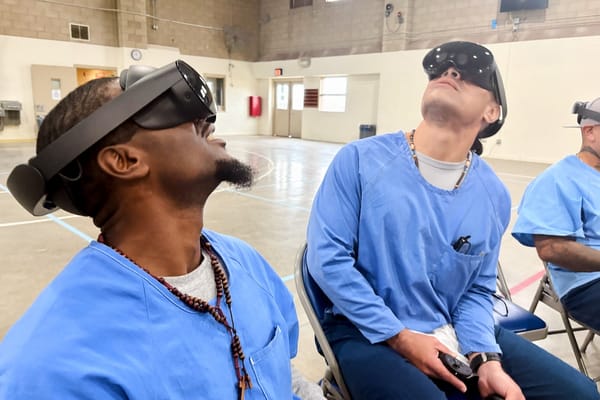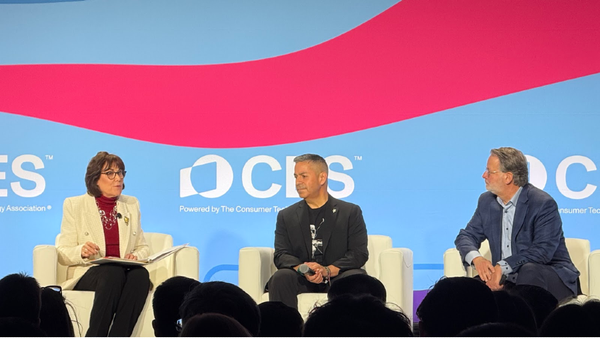What Broadband Leaders Need to Know About Recruiting New Workers
Beyond Teenagers: In addition to teenagers entering the workforce, we also need to serve adults who are ready to upskill.

Broadband workforce discussions often focus on “starting early” by recruiting high school students. But while such programs are critically important, by themselves they won’t be nearly enough to solve the industry’s workforce challenges.
A major reason: The number of people graduating from U.S. high schools is widely predicted to begin shrinking in 2026, due to a smaller population of teenagers. Employers will soon be competing for an ever-smaller number of new graduates.
Broadband employers need to act now to create on-ramps into the industry for working adults who want to change careers or upskill into a higher-level broadband occupation. Below are practical steps employers can take.
Which workers are ripe for recruitment?
- Low-wage or gig workers looking to make a career change. Many workers in the retail, hospitality, or direct service sectors are eager for opportunities to improve their earning power. Often these workers have transferrable skills that make them good candidates for broadband jobs.
- Immigrants who bring skills from abroad. The US is home to nearly 2 million immigrants who earned degrees overseas, but are underemployed in survival jobs that don’t draw on their professional skills. Imagine an engineer from Venezuela working in a warehouse, or a construction manager from Belarus driving a taxi.
- Individuals returning from incarceration. Each month, thousands of formerly incarcerated people return home. Some have built career skills through prison education programs. Others are looking for a new workforce training opportunity.
Recruiting these adult workers can be a winning strategy that helps increase retention and decrease turnover costs. For example, a Fiscal Policy Institute study found that 73% of companies reported a lower-than-average turnover rate for their refugee employees.
Finding these workers generally won’t happen just by running traditional recruitment ads, because most people moving into a new industry do so through a connection from a career navigator, friend, or mentor. Instead, ISPs should connect with organizations that have already established trusted relationships with community members and demonstrated success in workforce development.
How can businesses connect with upskilling partners?
Employers can capitalize on a robust network of partners to help upskill workers:
- Career Technical Education (CTE) programs. Community and technical colleges offer CTE degrees and CTE non-credit (workforce training) programs. Employers should connect with their local college’s Dean of Workforce Training.
- Adult education programs. Every state has a director of adult education who oversees high school equivalency (GED) classes and Integrated Education and Training programs that combine foundational skills with industry-specific technical skills.
- State workforce training programs. Many states provide small workforce development grants for worker training. Examples include WorkReady Indiana, Ohio’s TechCred, and Talent Ready Utah. Employers can contact their state Workforce Development Board to learn more.
- Nonprofit or public agencies specializing in workforce programs for particular populations. The International Rescue Committee and Upwardly Global serve immigrant jobseekers, while Tennessee’s Office of Reentry and EMERGE Minnesota serve people returning from incarceration.
How can employers make the most of public policies for talent development?
Federal investments in skills include the Workforce Innovation and Opportunity Act, Perkins Career and Technical Education Act, SNAP Employment & Training Program and Higher Education Act.
Broadband employers should make their voices heard to shape how these public funds are spent and inform future investments. One way to do so is by participating in bipartisan, business-led conversations with public officials about workforce policy, such as those coordinated by my colleagues at the nonprofit Business Leaders United.
Other ways: Joining their state or local workforce development board, joining an Industry Advisory Board as part of a local CTE program, or engaging with their state office of apprenticeship.
Once at the table, employers can advocate for proven strategies with a track record of success, such as:
- Establishing industry partnerships for broadband workforce development, and supporting their capacity to engage in equity-advancing practices
- Ensuring that workforce programs provide economic supports to make career transitions possible for workers entering broadband-related roles
- Implementing new and expanded broadband apprenticeship programs and other “earn and learn” opportunities that allow workers to upskill without debt
Above all, broadband leaders should take advantage of this high-profile moment and recognize that, in order to have an enduring supply of skilled labor, we must build multi-generational career pathways. We need to serve teenagers entering the workforce and adults who are ready to upskill. Let’s not limit our solutions to a single demographic, and instead open the door to all.
Amanda Bergson-Shilcock is a Senior Fellow at National Skills Coalition. NSC’s Business Leaders United is a free, private network of employers who are working with local partners to train and hire community residents for skilled jobs and want our country’s policymakers to follow suit and invest in the skills of America’s workers. This Expert Opinion is exclusive to Broadband Breakfast.
Broadband Breakfast accepts commentary from informed observers of the broadband scene. Please send pieces to commentary@breakfast.media. The views expressed in Expert Opinion pieces do not necessarily reflect the views of Broadband Breakfast and Breakfast Media LLC.











Member discussion